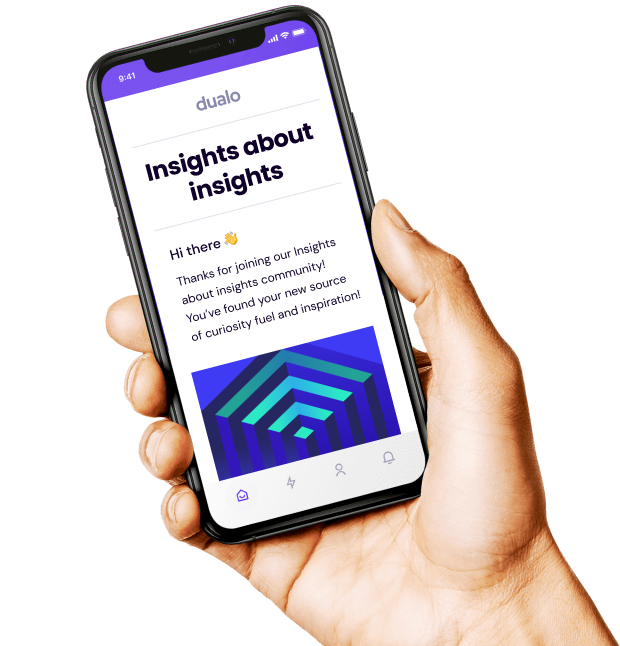The ‘insights hub’ - where all insights lead?
When building an ‘insights hub’, we’ve found that success often comes through getting the right people to add the right content at the right time. We thought it might be helpful to share the considerations and criteria we work through with teams that are building insights hubs using Dualo.





.svg)

.jpeg)

.jpeg)
.jpeg)

